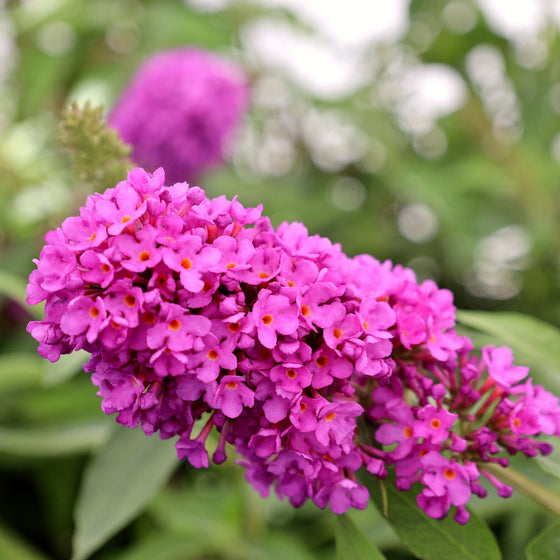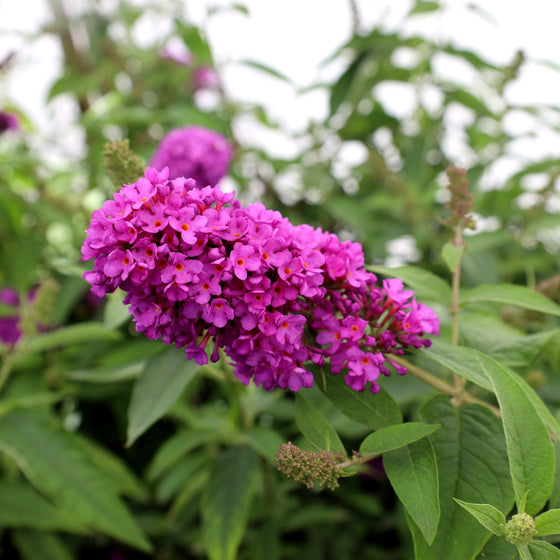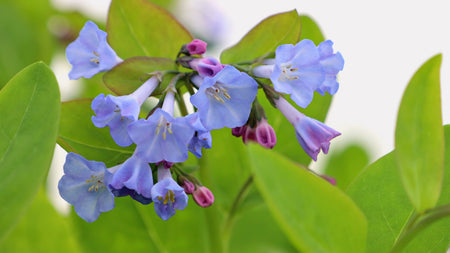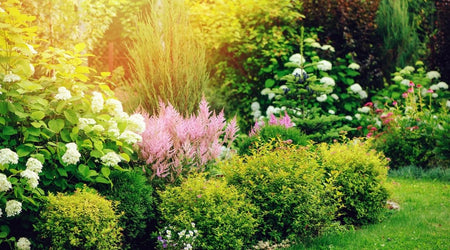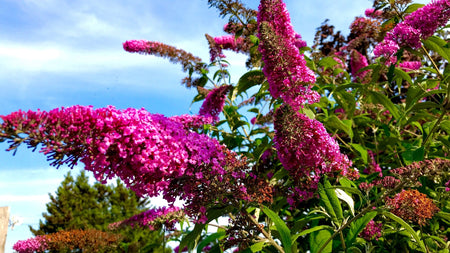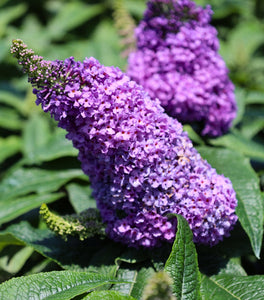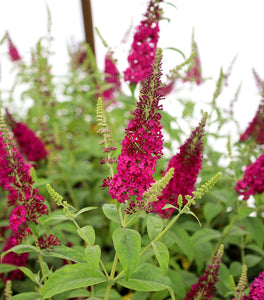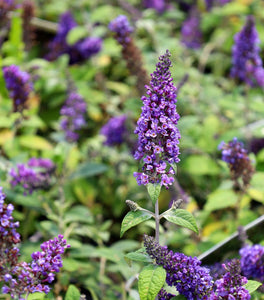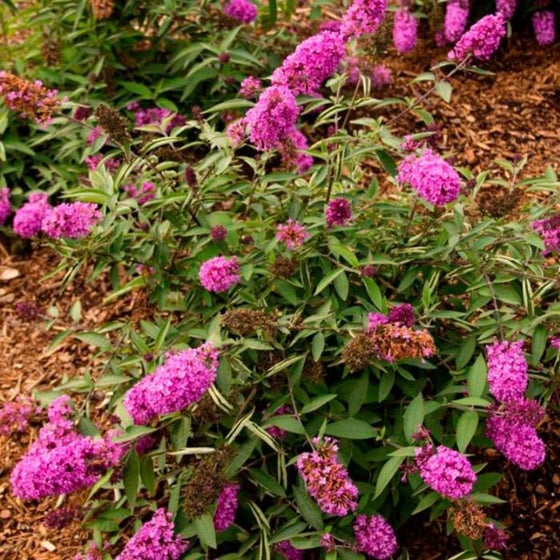
Images Depict Mature Plants
Petite Tutti Fruitti Butterfly Bush Shrubs for Sale Online
The Flutterby Petite Tutti Fruitti Butterfly Bush is a fun pollinator-friendly plant that will add a vibrant burst of color to your garden this spring.
Some notable qualities of the Buddleia Flutterby Petite, outside of its eye-catching fuchsia hues, include its low-maintenance care regimen and its ability to bloom from summer through to the year's first frost.
As a bonus to its beauty and easy-care regimen, this bush is a natural attracter of pollinators! Add the Tutti Fruitti to your yard, and expect to be encompassed in a whimsical daze of butterflies and hummingbirds throughout the warm seasons.
The most common uses for landscaping this flowering shrub are borders, container gardens, hedges, and mass planting.
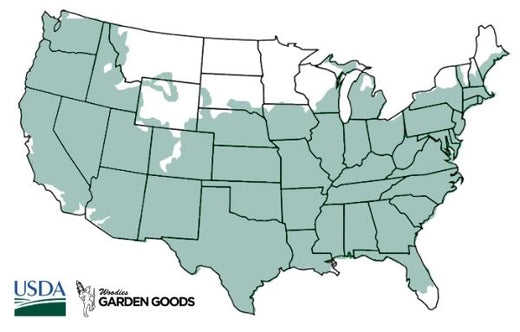
| Hardiness Zone: | 5-9 |
|---|---|
| Mature Height: | 3 to 4 Feet |
| Mature Width: | 3 to 4 Feet |
| Classification: | Broad leaved deciduous shrub, re-blooming |
| Sunlight: | Full sun |
| Habit: | Low growing dwarf habit |
| Foliage: | Silver green |
| Flower Color: | Violet pink, very floriferous |
| Pruning Season: | No pruning needed |
| Soil Condition: | Any well drained soil |
| Water Requirements: | Water well until established |
How to Care for Flutterby Petite® Tutti Fruitti Butterfly Bush
Be sure to read our planting instructions to ensure a healthy and happy plant for years to come!
How do I plant a Petite Tutti Frutti?
We suggest when planting your newly purchased Petite Tutti Fruitti Buddleia plants that you dig a hole twice as wide as the root system but not deeper. Depending on the quality of your existing soil you may need to add a locally sourced compost or topsoil to the back-fill soil. We do not recommend using straight topsoil or compost as a back-fill soil because more times than not these products will retain entirely to much moisture and will cause the root system to rot. Adding compost or topsoil will help the young feeder roots of Petite Tutti Fruitti Buddleia to spread through the loose, nutrient rich soil, much easier than if you used solely the existing soil which more times than not will be hard and compacted.
How do I water Petite Tutti Frutti Buddleia?
After back filling and lightly compacting the 50/50 mix of existing soil and compost give the Petite Tutti Fruitti Buddleia a good deep watering. This is not to be rushed. Most of the water you put on the plant at first will run away from the plant until the soil is soaked. A general rule of thumb is to count to 5 for every one gallon of pot size. For example a one gallon pot would be watered until you count to 5 a three gallon pot would be 15 and so on. Check the plant daily for the first week or so and then every other day there after. Water using the counting method for the first few weeks. Gator bag Jr. can be used to help aid in this process and also provide plants with a good soaking due to the slow release of the water into the root-zone of the plant. Soaker Hoses can also be used to water when planting a long hedge.
How do I fertilize Petite Tutti Frutti Buddleia?
Butterfly Bushes such as Petite Tutti Fruitti Buddleia grow best if they are fertilized once or twice in the summer. Although some authorities recommend special fertilizer mixes to get the maximum results, Buddleias do amazingly well with a more relaxed approach. Either chemical fertilizers or organic matter can be used successfully. Since an organic method of applying manure and/or compost around the roots, produces excellent results and also improves the condition of the soil, this would be an excellent first line of attack. Organic additions to the soil can also be combined with a shot of chemical fertilizer for maximum effect.
How do I mulch Petite Tutti Frutti Buddleia?
We highly recommend that you mulch your Buddleia Petite Tutti Fruitti with either a ground hardwood mulch or a ground cypress mulch depending on your local availability. Any type of mulch will do but cypress or hardwood mulch will be of a higher quality and provide better nutrition overall as they breakdown. Mulching helps to keep weeds away which will compete with your new investment for water and nutrients. A 2 to 3 inch layer of mulch is sufficient but remember to take care not to cover any part of the stem of the plant with mulch. Its better to leave a one inch gap of space between the mulch and the stem or trunk of the plant.


